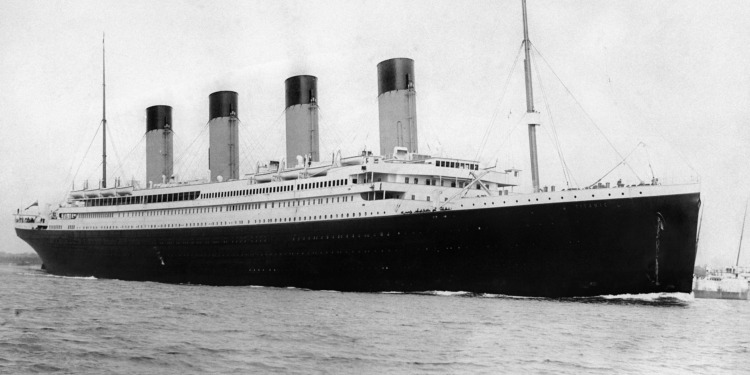Efforts to save those on the OceanGate “Titan” submersible exploring the wreckage of the Titanic attracted attention from across the world. The scramble to locate the submersible involved the United States and Canadian Coast Guards and other countries, including France, sent in additional crews and equipment to assist with the search.
The missing submarine attracted significant attention to the state of the Titanic wreckage and the extreme tourism industry. The release of the Titanic movie in 1997 brought significant attention to the shipwreck as the storyline worked to create an emotional connection between viewers and the wreck.
The Titanic wreckage is losing its battle with nature; according to explorers, the shipwreck has experienced significant decay and is expected to disappear within the next 30 years.
The Titanic has rested on the ocean floor over two miles below the surface since its sinking on April 15, 1912, after hitting an iceberg during its maiden voyage from England to New York. The remains of the Titanic were not located until over 70 years later on September 1, 1985.
Related Articles: Desperate Search Underway for Missing Submersible Lost During Titanic Exploration
Since the location of the wreck, dozens of manned and unmanned submarines have explored the shipwreck, taking photos of the formerly exorbitant ship and occasionally salvaging small items. The photos have given the world a glimpse of the ship and made it possible to track its decay process as certain parts of the ship are no longer visible as a result of the ship’s upper levels beginning to crumble, increasing the speed of the Titanic’s deterioration.
While, like everything, it is inevitable that the Titanic will be entirely absorbed by nature at some point, the conditions that the ship faces in the deep sea have accelerated the process. Currents, salt corrosion, and metal eating bacteria have increased the Titanic’s rate of decay.
According to microbial biologist Lori Johnston, the most significant factor in the ship’s deterioration has been a group of bacteria, “Halomonas titanicae,” which are ‘working symbiotically to eat, if you will, the iron and the sulfur”. The evolution of the bacteria’s attack on the steel of the ship can be seen in photos of the ship and appears in the form of rust-colored icicles called “rusticles.”
Extreme tourism has gained popularity in recent years particularly with wealthy thrill-seekers as opportunities to travel to new places, including outer space, have become possible. The draw of extreme tourism enables those who can afford the experiences to reach new limits, quite literally, and explore sights that few have reached, such as the Titanic amongst other historical remains. The company behind the doomed submersible, OceanGate, advertises the opportunity to reach unexplored territories, writing: “95% of the world’s ocean is unexplored. You can change that.”
Editor’s Note: The opinions expressed here by the authors are their own, not those of Impakter.com — In the Featured Photo: RMS Titanic. Featured Photo Credit: Wikimedia Commons.










